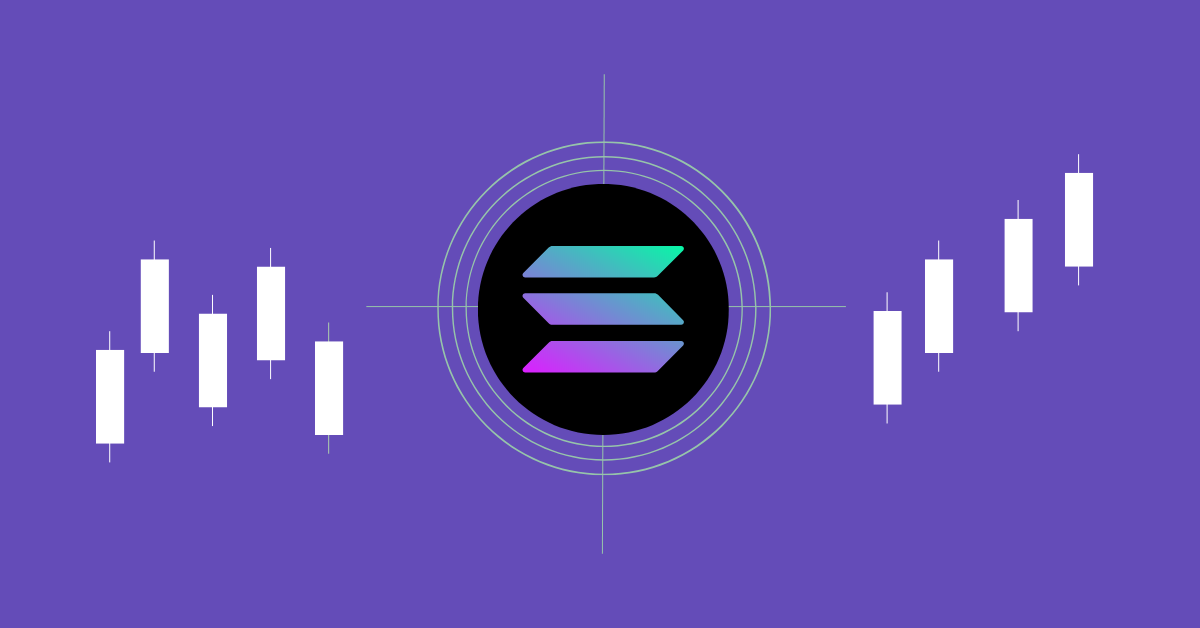Financial insights can provide valuable foresight into the future of the blockchain industry. Recently, the income statements for the initial quarter of 2024 have shed light on two prominent entities: Base and Solana. These financial reports not only offer a glimpse into the financial well-being of these networks but also prompt contemplation on the impact of decentralization on expenses, particularly in the case of Solana.
Overview of Financial Performance in Q1 ’24
Base, functioning as a Layer 2 (L2) solution, appears to maintain a stable and profitable position. With transaction fees and revenue amounting to \(27.31 million, offset by expenses of \)11.86 million, Base secured a commendable profit of $15.45 million. The ability of Base to remain financially viable in the volatile realm of cryptocurrency is indeed noteworthy.
In contrast, Solana, operating as a Layer 1 (L1) blockchain, generated a substantial revenue of \(97.65 million from transaction fees. However, this elation was short-lived as the expenses surged to a significant \)844.86 million, resulting in a substantial loss of -$796.03 million. This raises pertinent inquiries regarding the factors driving these drastic financial fluctuations.
Also Read: Solana Price Forecast: Is the Opportunity to Purchase Before SOL Price Reaches $360 Vanishing?
Examination of Discrepancies in Expenses
One of the pivotal questions arising from these financial disclosures pertains to whether decentralization serves as the primary catalyst for expenses incurred by Solana, leading to a notable loss of –\(796.03 million. In contrast, Base concluded the period with a profit of \)15.45 million.
Operating as a Layer 1 blockchain, Solana functions as a decentralized network with a diverse set of validators and nodes contributing to its security and consensus mechanism. While decentralization stands as a fundamental principle of blockchain technology, it also entails inherent costs linked to upholding a distributed network infrastructure.
Moreover, the income statements for Q1 ’24 underscore the significance of financial openness and responsibility within the blockchain sector.
This Might Catch Your Eye: Crypto Market Analysis: How Will the Bitcoin Halving Event Impact Market Prices?
Is the cost of decentralization too steep? Feel free to share your perspectives.

